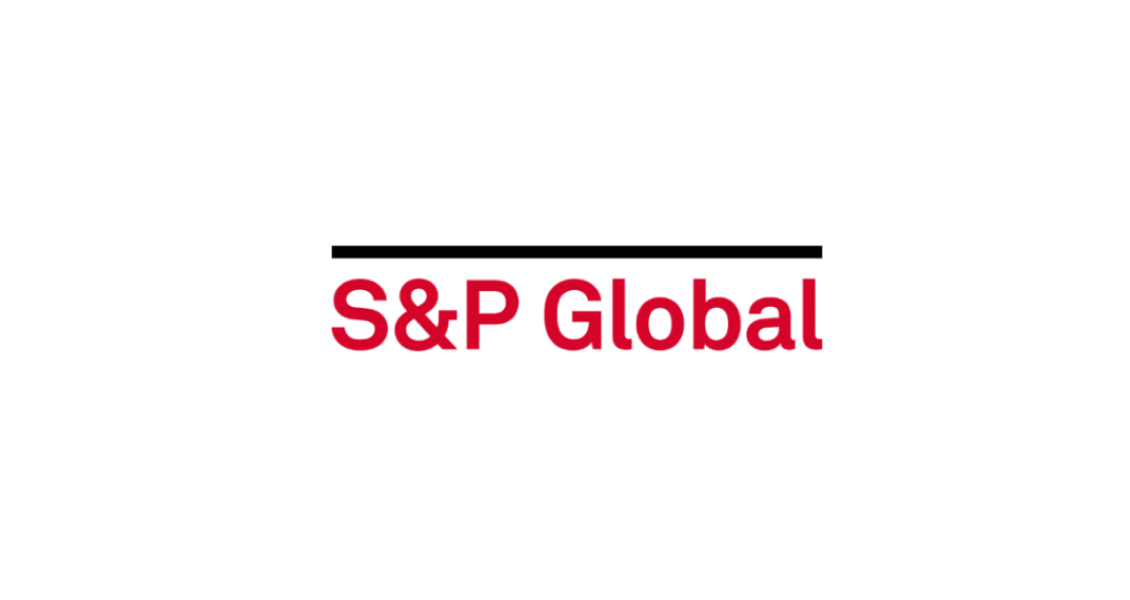New York — Banking giant JPMorgan Chase plans to use blockchain to help it achieve 100% renewable energy consumption by the end of 2020.
JP Morgan has partnered with US-based Cleartrace (previously known as swytchX), a company using technology including blockchain to facilitate a global transition toward renewable energy, on a project that will track the bank’s energy output, usage, environmental indicators and other metrics.
This type of project has the potential to improve the tracking of renewable energy credits and make it easier for market participants to trade RECs or emissions credits.
“This project represents the largest non-utility blockchain energy project in the US to date,” Evan Caron, co-founder of Cleartrace, said in an email Monday.
“As global standards shift towards a more sustainable future, legacy systems and markets represent an opportunity for Cleartrace to help modernize how energy is consumed, managed and accounted for on a global scale,” Caron said.
JPMorgan and Cleartrace received an Energy New York Innovation award in November for the project from the New York Energy Consumers Council, an advocacy group.
Caron said the technology digitizes JPMorgan’s entire energy portfolio and links it to a tradable digital asset creating a “new and improved data standard” that provides a higher level of trust, speed and intelligence, “which opens the doors for everything from fintech through renewable marketplaces, energy settlements, and risk management to advanced analytic models, predictive analytics, intelligent and orchestrated downstream energy systems.”
The technology is designed to be scalable because it creates a unified data standard for tracking greenhouse gas emissions and power use. Mandates for 100% renewable energy at the corporate or municipal level necessitate purchasing power from retail providers when onsite generation cannot cover the full load.
PROJECT DRIVERS
Several legislative and regulatory changes in New York at state and local levels have helped drive the use case for these kinds of energy tracking solutions.
These include New York City Local Law 97, which requires building owners to prove carbon dioxide emission reductions combined with renewable energy production by 2025, and the state-level Value of Distributed Energy Resources initiative that requires New York’s power pricing model to reflect the time, location, and environmental impact of DERs.
Cleartrace’s energy origin tracking validates that electrons being used at a given location are coming from renewable sources, either contracted or rooftop solar photovoltaic power, and incorporates business logic for energy efficiency credits while automating much of the compliance reporting for Local Law 97.
The technology also allows for a network effect as the value of having a unified data standard increases with each new participant that joins, Caron said.
He added that engaging with other players in the energy supply chain as part of building out the project has led to additional “business opportunities” because many organizations want to increase visibility, transparency and accountability as they pursue energy and sustainability goals.
“JPMorgan Chase is committed to utilizing 100% renewable energy sources by the end of 2020 and we are focused on renewable energy generation to help ensure we run a highly sustainable operation,” Alec Saltikoff, executive director and global head of sustainability and energy for global real estate at JPMorgan Chase, said in a recent email.
“This commitment, innovation in blockchain and innovation in on-site energy use is good for business, our clients and the communities we serve,” Saltikoff said, adding the company was grateful to receive the Energy New York Award as a “testament to our commitment.”

